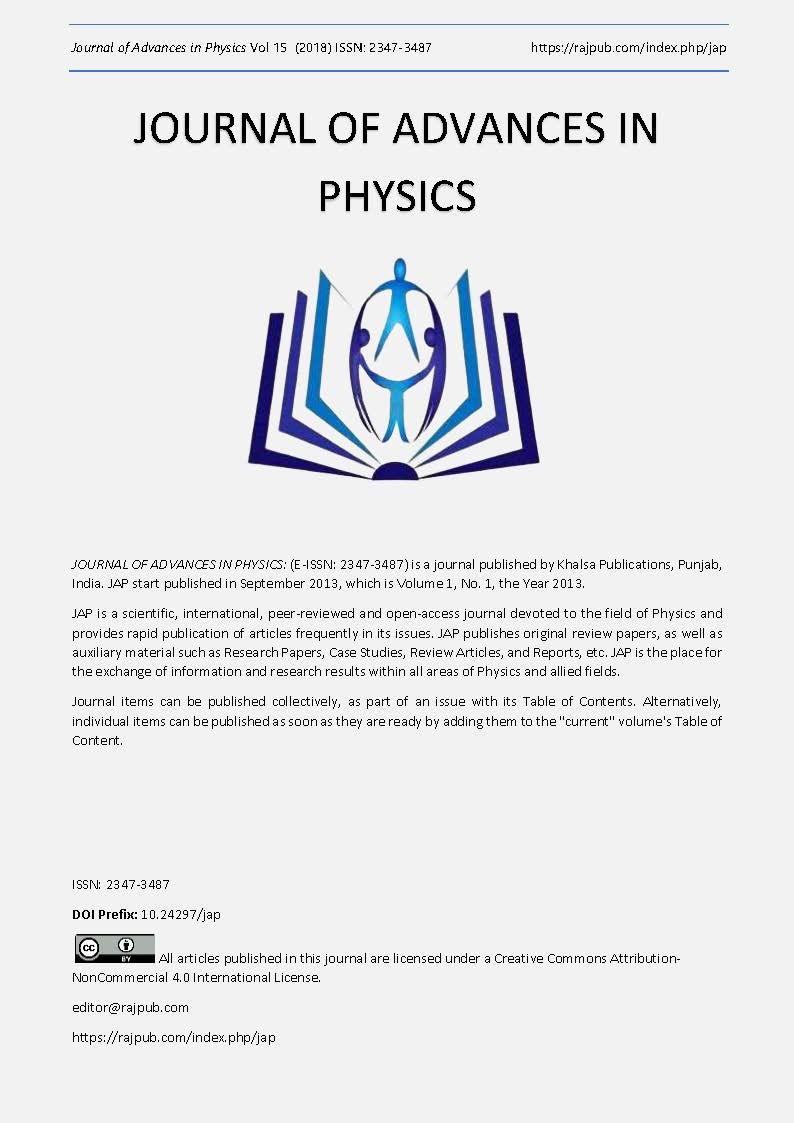Formation of Hierarchical 2D-Mos2 Nanostructures over Carbon Fabric as Binder Free Electrode Material for Supercapacitor Applications
DOI:
https://doi.org/10.24297/jap.v15i0.7863Keywords:
Carbon Fabrics (CF);, 2D materials;, MoS2 Nanosheets;, binder-free electrode;, Supercapacitors;Abstract
Carbon fabrics are the new generation promising electrode materials for super capacitors owing to their high electrical conductivity, high chemical stability and low thermal expansion. In this work, 2D-MoS2 nanostructures have been successfully deposited over the commercially available carbon fabric by hydrothermal approach, using silicontungstic acid as an additive. MoS2 nanostructures – carbon fabric was broadly characterized using XRD, FESEM and Raman Spectroscopy. XRD patterns indicated that the fabricated MoS2 nanoparticles can be indexed to hexagonal (2H) and rhombohedral (3R) phases. FESEM images revealed the formation of hierarchical 2D MoS2 nanosheets arranged in a nanosphere like morphology over the carbon fabric. The electrochemical behavior of the MoS2 - carbon fabric and commercially available bare carbon fabric were studied using cyclic voltammetry analysis with different scan rates. The MoS2-carbon fabric exhibited an excellent electrochemical performance with a specific capacitance of 441 F/g at a scan rate of 10mV/s. The good cyclic behavior with symmetric charging/discharging curves, constant specific capacitance for longer scan rates, suggesting that the MoS2- carbon fabric electrode is a potential electrode material for high power applications.
Downloads
Downloads
Published
How to Cite
Issue
Section
License
 All articles published in Journal of Advances in Linguistics are licensed under a Creative Commons Attribution 4.0 International License.
All articles published in Journal of Advances in Linguistics are licensed under a Creative Commons Attribution 4.0 International License.




